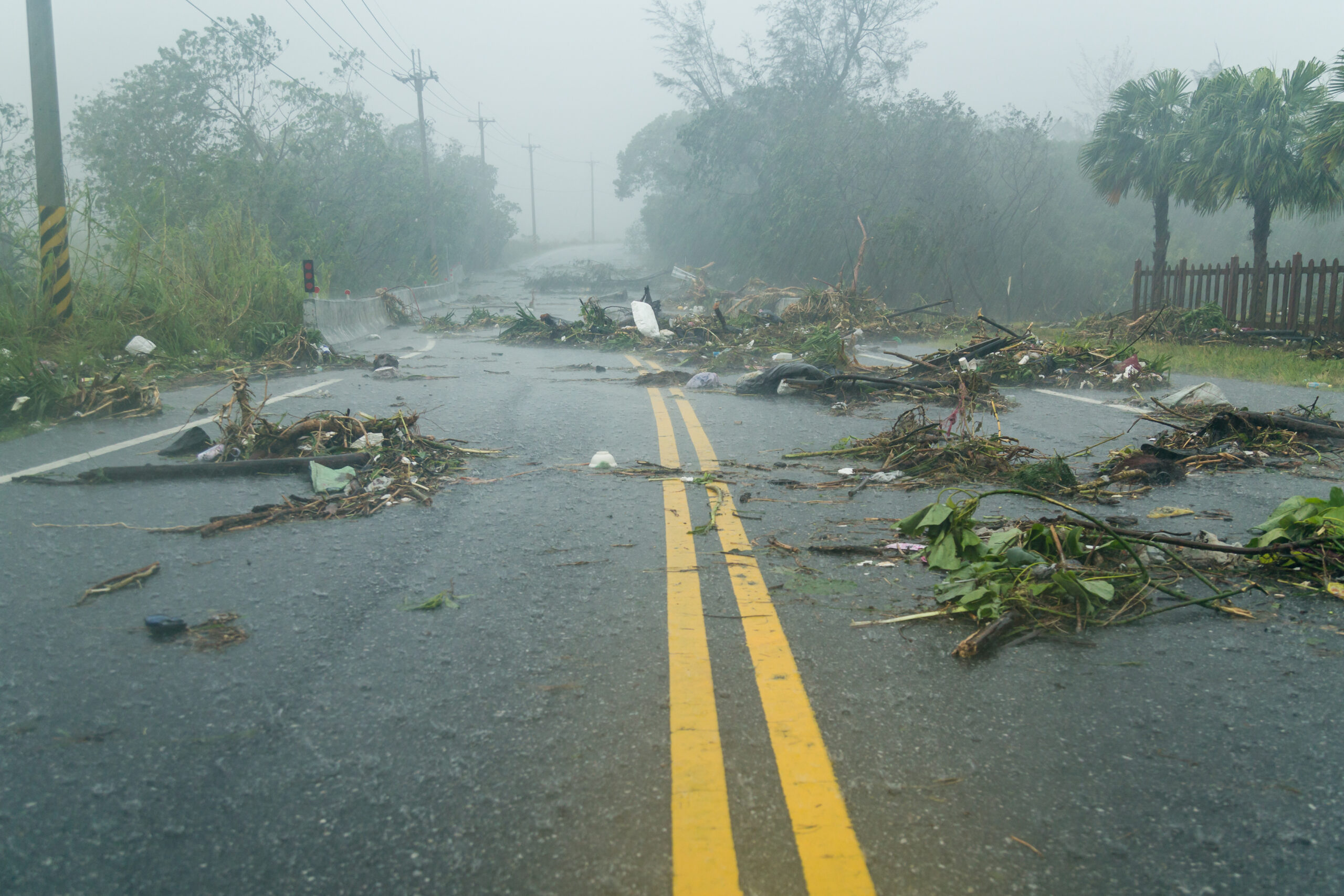Healthcare Ready's Disaster Preparedness Poll
Each year, Healthcare Ready conducts a domestic preparedness poll to measure how Americans would respond in emergency situations like natural disasters or health pandemics. The results provide healthcare officials and organizations an understanding of Americans concerns and preparations. While the private and public sectors both gain valuable insights from this poll, there are some major takeaways for everybody.
1. Disasters of Greatest Concern
Natural disasters top the list of greatest concern for Americans, but this year exotic and common diseases jumped due to the COVID-19 crisis. Although we are still in the grasp of COVID-19, we can’t ignore the fact that hurricane season started on June 1. NOAA predicted an above-average hurricane season this year with between 13 and 19 named storms on our horizon. State officials in Florida are concerned with being able to provide adequate shelters that follow COVID-19 guidelines. A hurricane hitting in the middle of COVID-19 would be what Broward County Mayor Dale Holness describes as a “double disaster.” Emergency management organizations are being encouraged to take an “all-hazards approach” to preparedness and response to strengthen their ability to respond to different events.
2. Disparities in Preparedness
Officials in New Orleans are advising residents to include hand sanitizer and face masks in their bag of emergency supplies, which the poll revealed that less than half of Americans have. Only 44% of Americans carry cash on-hand in case of emergencies, and even fewer (37%) have a copy of their medical records. But the takeaway here isn’t that more than half of American citizens are ill-prepared for emergency situations – it’s that a majority of these Americans fall in the lowest income bracket and/or the lowest education bracket. We must address these disparities in pre-disaster planning to help mitigate adverse health effects during an event.
Investing in disaster planning initiatives in low-income communities can help ensure these neighborhoods are prepared for any emergency. Pre-planning can help communities brace disasters and recover from them quicker. However, these plans cannot be implemented in a “one-size fits all” manner. As stated by the Substance Abuse and Mental Health Services Administration, “people of low socioeconomic status (SES) are more likely to live in homes that are more vulnerable to the impact of disasters than those of people of higher SES.” This can result in more material loss or damage, less disaster protection, and more structural damage. Providing adequate support in all communities is important so that disparities are not exacerbated during disasters.
3. Lack of Trust in Government Agencies
A consistent result from the annual preparedness poll is the belief federal government agencies, state and local government agencies, and local community organizations need more resources. This year was no different, except the American people are more sensitive than ever to the economic trouble of the country. In April, the U.S. unemployment rate jumped to the highest it has been since the Great Depression (14.7%) after 20.5 million people abruptly lost their jobs due to COVID-19. As a result, many Americans have turned to government aid for the first time. Feeling the effects of a weakened economy, none of the poll respondents were confident in the country’s infrastructure to be able to handle another disaster. Only 32% agree that the federal government has enough funding, while 29% believe state governments do.
Now more than ever it is important for emergency management organizations to consider the economic impacts of a disaster. There must be steps made to create pre-disaster economic preparedness plans. Restore Your Economy has a clear outline for the steps necessary to plan for economic emergencies which includes thinking strategically about how a disaster could affect economic development, creating action strategies, and developing possible sources of funding.
In 2020, more Americans feel a disaster will impact them or their family than in years past. Families, communities, and emergency management organizations must all work together to increase preparedness efforts for all types of disasters. In these unprecedented times, being prepared for emergencies can make all the difference.
Ready to get started?
- Make a plan by visiting our Resource Center






